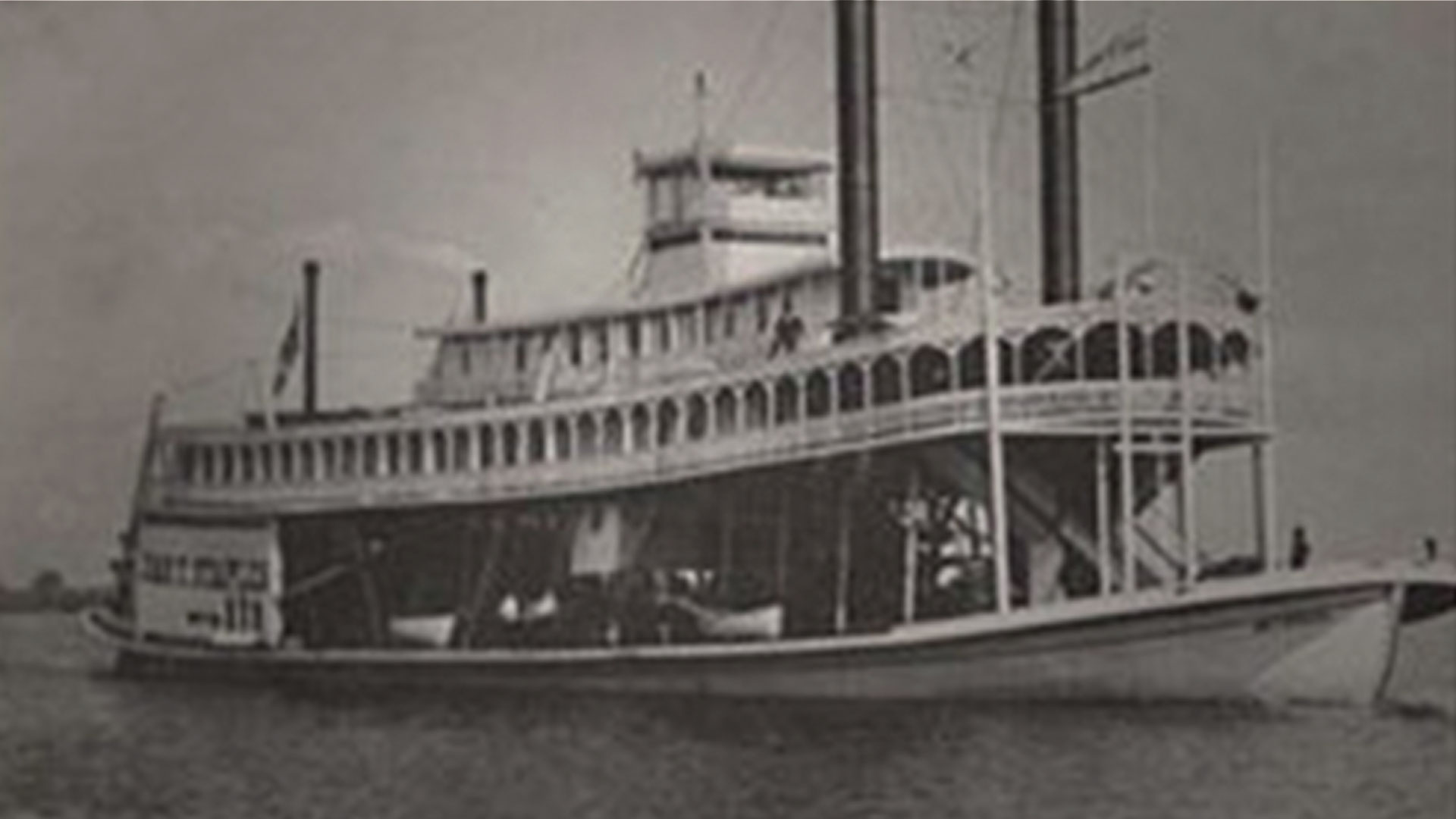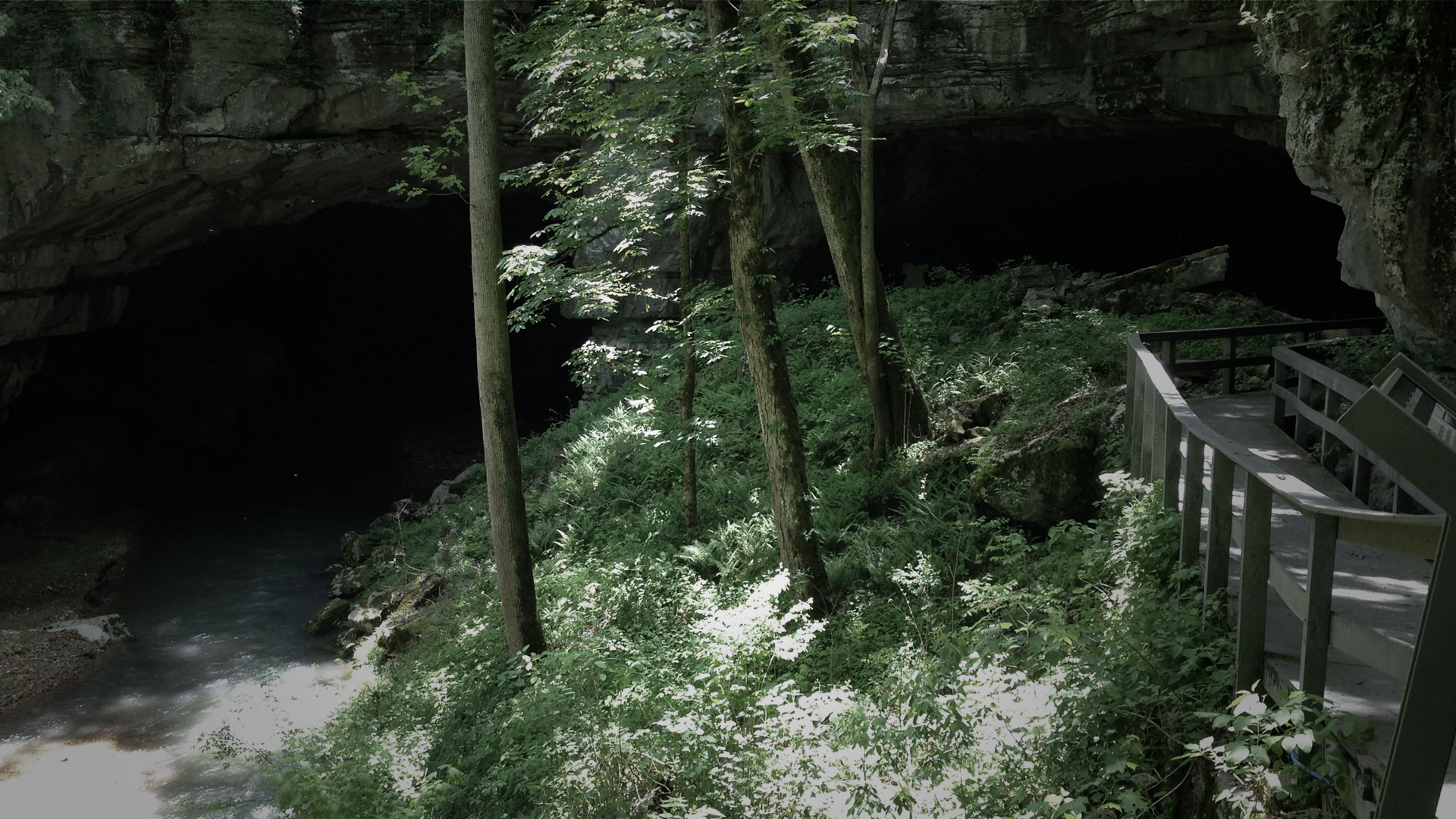Bryce Hospital
In 1852, the State of Alabama began planning a state mental hospital under the Kirkbride Plan (an architectural system designed for better patient care) with the input and influence of pioneering psychiatrists Thomas Story Kirkbride and Dorothea Dix. Construction commenced in 1853 based on the designs of Samuel Sloan. The project was finished in 1859, becoming the first building in Tuscaloosa, Alabama to feature gas lighting and a central head.
Dr. Peter Bryce
The psychiatric hospital opened under the name "Alabama Insane Hospital" in 1861, nearly a decade after its conception. It was later renamed "Bryce Hospital" in honor of Dr. Peter Bryce, a 27-year-old psychiatrist who served as the hospital's first superintendent. The South Carolinian Dr. Bryce studied psychiatry in Europe and worked in New Jersey before settling in Alabama. He was considered a revolutionary in his discipline, as he was committed to treating his patients with kindness, respect, and courtesy and adamantly refused to use shackles, straitjackets, and other restraints. By 1882, the hospital's use of restraints was abolished entirely.
Patient Life
Patients were encouraged to write and edit their own newspaper, The Meteor, from 1872 to the early 1800s. These papers now serve to provide a glimpse into life in a 19th century mental institution.
Downfall
By the 20th century, the patient population grew exponentially while the hospital's standards greatly decreased. Alabama Governor Lurleen Wallace visited Bryce Hospital in February 1967. She was moved to tears when an overweight, mentally-challenged 9-year-old attempted to hug her while crying, "Mama! Mama!" Governor Wallace asked her husband George (who had the power behind her governorship) to fund the struggling hospital. Three years later, Alabama was ranked last among on United States' funding for mental health. During this time, the Montgomery Advertiser said Bryce Hospital housed 5,200 patients in "concentration camp conditions." Cigarette tax further depleted mental health funding, leading to the lay-offs of exactly one-hundred employees (including twenty professional staff).
In October, with the hospital's quality decreasing, 15-year-old Ricky Wyatt, who had been labeled a "juvenile delinquent" and lived at Bryce despite he wasn't ill, was inspired to settle a lawsuit with the hospital. Ricky's aunt, W.C. Rawlins, was one of the employees to lose their jobs. The two staunchly opposed the horrendous conditions and treatments that were used to keep patients "manageable." In 1971, the lawsuit expanded to include patients from both Camp Partlow and Searcy Hospital (both located in Alabama). The court created federal minimum standards for the care of the mentally ill within these institutions.
In 1999, a new settlement agreement was made in order to recognize the progress that had occurred in court. The case was finally closed on December 5, 2003 by Judge Myron Thomson.
Haunting
The hospital is haunted by patients who died of neglect and cruelty during its downfall. Odd writings on the walls have appeared (excluding graffiti), strange noises, disembodied footsteps, moving objects, the sensation of being watched, and hot and cold spots are just some of the activities reported within Bryce Hospital's walls. Even though the hospital has no active phone number, there have been reports of telephone ringing. Furniture has been known to move on its own, footsteps have been heard in the empty hallways, and temperature swings have been felt in several spots. The hospital is regularly patrolled by police due to trespassers and a fire that burned portions of the first and second floors.
The James T. Staples riverboat (officially registered as the Jas. T. Staples, also known as the Big Jim) was a Tombigbee River stern-wheel paddle steamer belonging to Captain Norman Staples, the boat’s designer who named it after his father.
The Russell Cave National Monument was a sacred burial site that is at least 10,000 years old.



